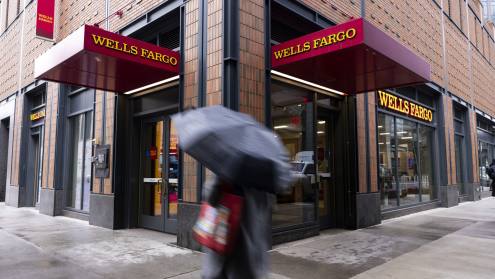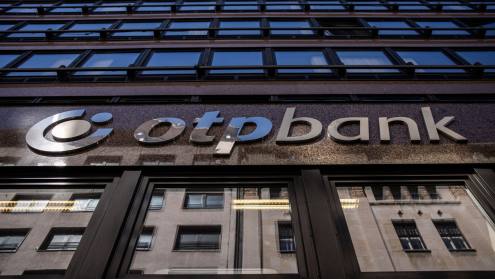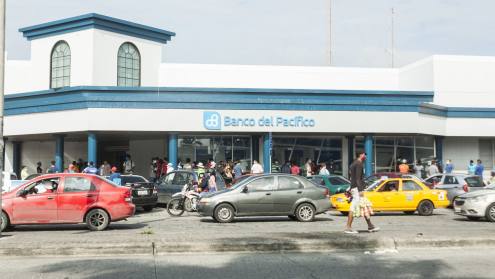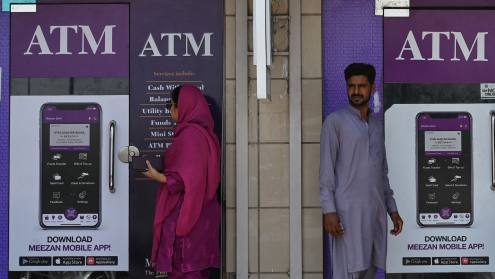In a year which started badly with the SARS outbreak in China and Hong Kong and the war in Iraq threatening to disrupt global trade, the Asian banking sector showed remarkable resilience in its 2003 results.
Our Top 200 banks posted a 16% increase in aggregate Tier 1 capital to $304.7bn, aggregate assets increased 14.8% to $6239 bn and aggregate pre-tax profit grew 25% to $41.044bn. This latter figure would have been higher were it not for the 11 banks which posted aggregate losses of $3.453bn. Korea Exchange Bank and Kookmin Bank from South Korea led the loss-making list with pre-tax losses of $1.089bn and $854m, as bad loan provisioning increased 100% and 200% respectively.
Reviewing the major countries in our Top 200, Hong Kong banks – which last year showed an aggregate pre-tax profit downturn of 3.7% to $5.178bn from the 11 banks listed – have recovered to $5.503bn from the nine banks in the current list. The absentees from the list this year are International Bank of Asia, which was sold by Arab Banking Corporation to Fubon Financial Holding of Taiwan in late 2003 and is consolidated in their figures, and Chekiang First Bank, which was acquired by Wing Hang Bank from its previous owner, Mizuho of Japan, in September 2003 and is similarly consolidated.
In Taiwan, last year’s aggregate pre-tax loss of $3.145bn from 41 banks was converted to an aggregate profit of $2.035bn from the 38 banks in this year’s list. Consolidation of the banking sector is slowly gathering pace but consolidated reporting of regulatory capital and similar financial parameters is lagging behind. Fubon Financial Holdings (owner of Taipeibank and Fubon Commercial) this year, for the first time, produced group consolidated figures.
Thailand’s economy continues to be buoyant with GDP growth of 6.6% in 2003 and inflation easing up at 1.8%. In the banking sector, the regulatory authorities are looking to reduce the number of banks in the system still further by encouraging mergers. In early 2004, DBS Thai Danu merged with Thai Military Bank and the Industrial Financial Corporation leaving DBS, the Singapore bank, with a 16.1% holding and a contract to manage the merged entity. ABN AMRO took the alternative route, selling its Thai subsidiary, Bank of Asia, to United Overseas Bank from Singapore which has merged it with it own Thai subsidiary, Radnasin Bank.
The economic powerhouse of the region is China whose largest banks dominate our listing, occupying the top four places. In a change in the order from our Top 1000 listing following correction of a clerical error in Bank of China’s original submission, Bank of China is top, with a Tier 1 capital of $22.809bn just ahead of China Construction Bank and slightly further ahead of Industrial and Commercial Bank of China. Chinese banks account for 33% of the aggregate Tier 1 capital of the Top 200, 39% of aggregate assets but only 10% of aggregate pre-tax profits.
India – the other rapidly developing economy in the region – is represented by 32 banks which contribute 6% of aggregate Tier 1 capital, 6% of aggregate assets and 15% of aggregate pre-tax profits. The major contributor to aggregate pre-tax profit in the region is the developed economy of Australia which generates 30% of the total from 14% of the assets and 14% of Tier 1 capital.











